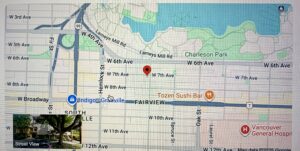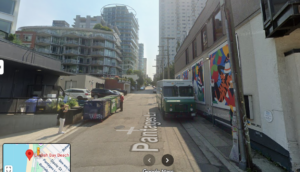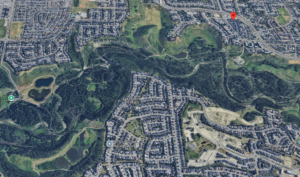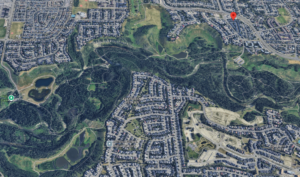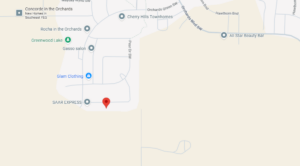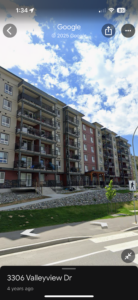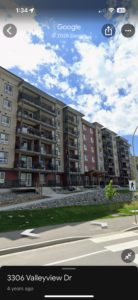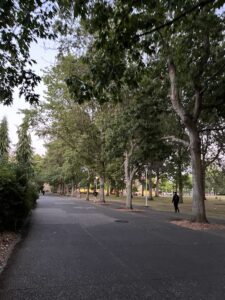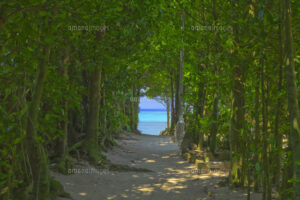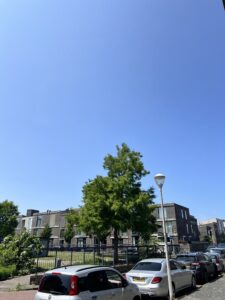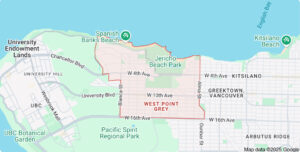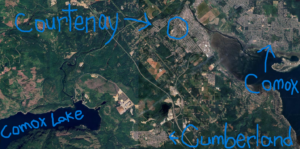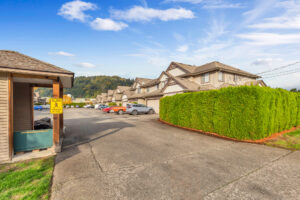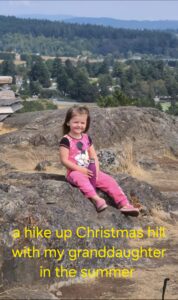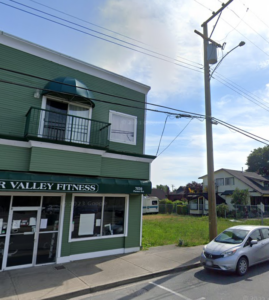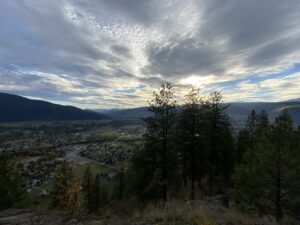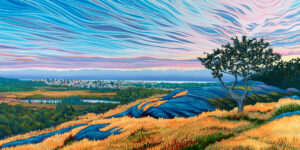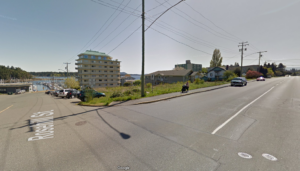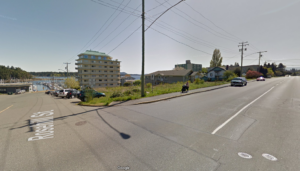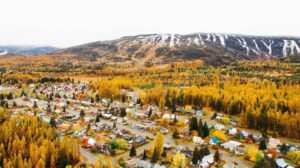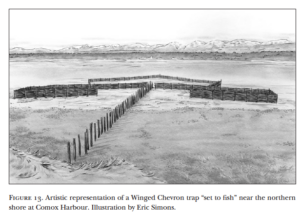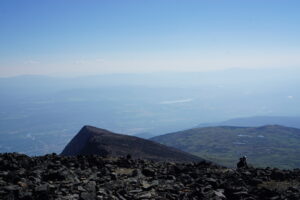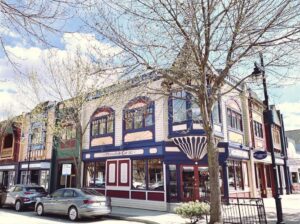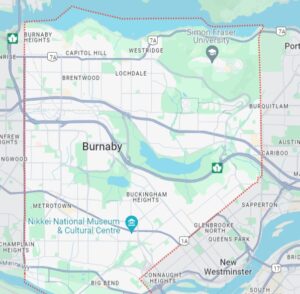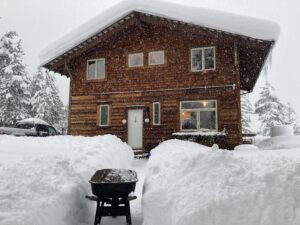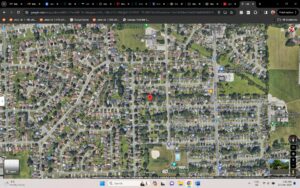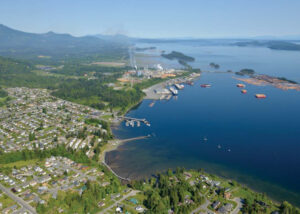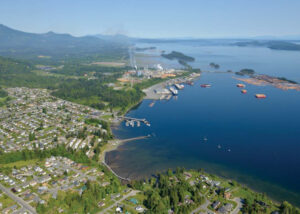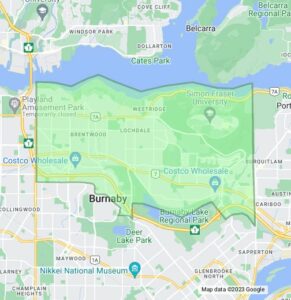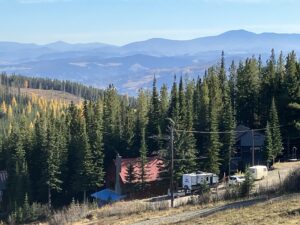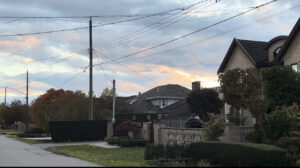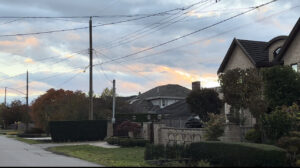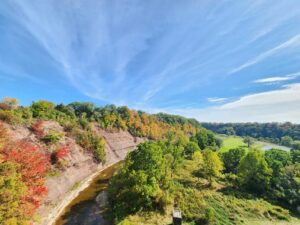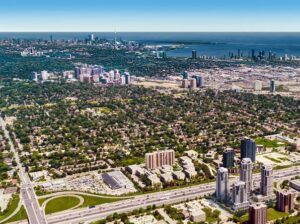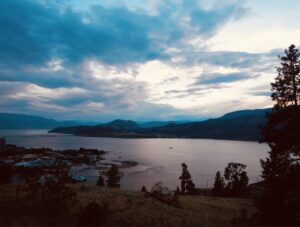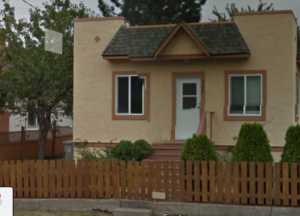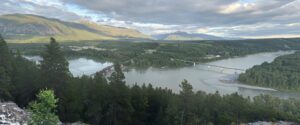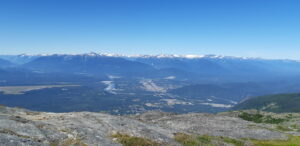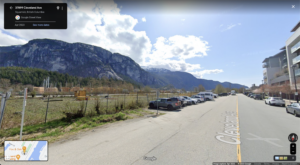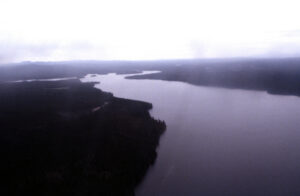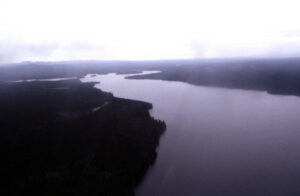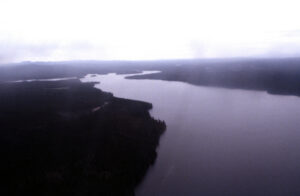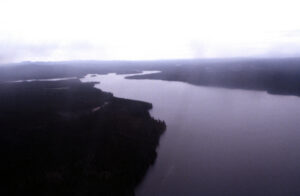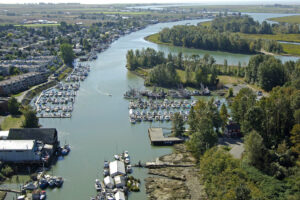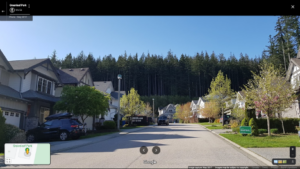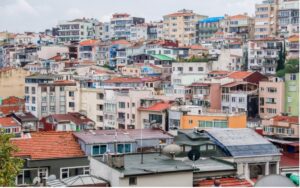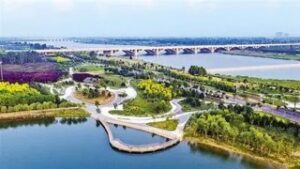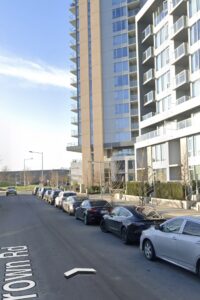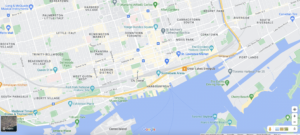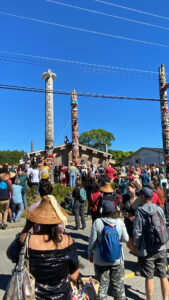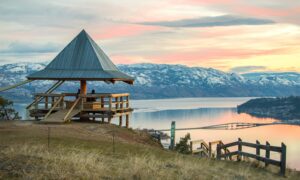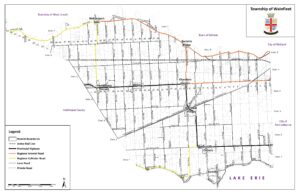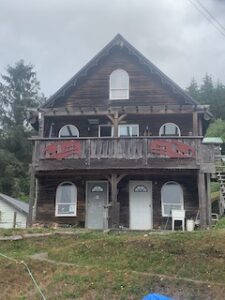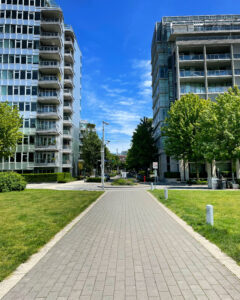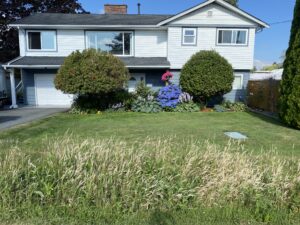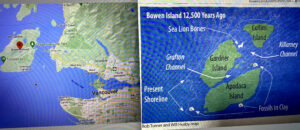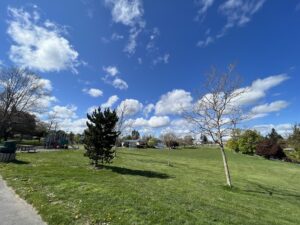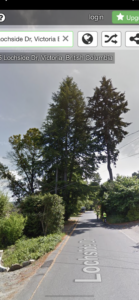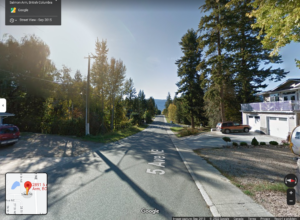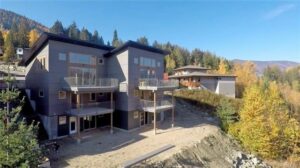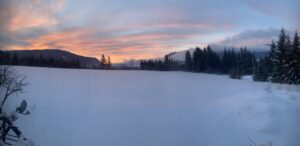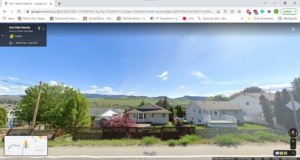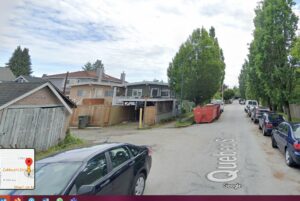Exercise #1: Local Environmental History
Instructions
For Exercise #1, you will bring environmental concepts home by looking at your neighbourhood’s environmental history.
- Using the submission form, post a photo of your area (Google Street View if you do not want to show your home) on this interactive map and explain the ecological history of this space, as per this example.
- Write a 700 to 1100 word of the ecological history of this physical environment, including where applicable: pre-contact use and settlement; wildlife past and present; early settlement and resource extraction; invasive species; urban development; stewardship actions (urban stormwater retention systems; community gardens; composting facilities).
- You must show where you found your information, either through footnote citations or with links embedded in the text, or a combination of both.
- The writing can be informal, as per the Exercise 1 Sample (you may even use first person, which definitely will not fly with your historiography and major essay projects!) but correct spelling and grammar are expected.
- In most cases, given the readily available information online, this exercise need not take more than 6–8 hours to complete. It is meant to help you think historically about your environment—to read it through an ecological lens. If you live in a rural area or small town, you may think that there is less to say than what you read in the sample based on a Vancouver neighbourhood, but this is not the case. The environmental history will be very different, and you might focus far more on, say, the settlement period of the late nineteenth century, or the implications of the introduction of cattle or irrigation and less on events of the 1960s and 70s.
- Please note, you should write and edit your submission in a separate file then copy and paste it into the submission box. Once submitted to the HIST 3991 trubox site, you will not be able to edit your post.
Are you a student of HIST 3991? Click here to add a submission to this assignment.
Submissions
Latest Posts
Local History
August 11, 2022 By: Hstanhope
I was born in North Vancouver and moved up to Kamloops British Columbia. When I was a toddler. I have spent much of my life living within the Kamloops valley. I always thought of Kamloops being a small town, but it was not until I moved away for my nursing degree up to Terrace BC. Terrace is a small town on the northwest coast of British Columbia and has a population of over 18,000 people compared to Kamloops with a current population of over 90,000 people (City Population, n.d.). When I moved to Terrace, I started to learn about the…
History 3991 excercise 1
August 8, 2022 By: Mathew Semograd
Mathew Semograd Norman Fennema June 1, 2022 History 3991 Local Environmental History Exercise 1: Examining False Creek and Olympic Village The neighbourhood I currently live in is Olympic Village which is part of False Creek in Vancouver just south of downtown. My building that I live in is one of the buildings athletes used during the 2010 Winter Olympics in Vancouver. The area has many parks, green ways, dog parks, and a pedestrian walkway along the sea wall that goes all the way down False Creek towards Kitsilano Beach. False Creek and the village never used to look the way…
Ladner: Land, Marsh, and River; Then and Now
July 19, 2022 By: Vanessa Butler
Ladner was named after brothers Thomas and William Ladner, who moved to the location to farm and fish, which became the economic drivers of the town. It is located on the fertile Fraser River delta, and has the Fraser River framing its Northern border and Georgia Straight framing its Western border. Despite much history being written about the Ladner brothers and the development of the town, its history dates back much further. Prior to farm fields, levees, and irrigation canals, the area was inhabited primarily by Katzie, Coast Salish, Simiahmoo and Tsawwassen nations. They relied primarily on the river for…
My Local Environment – Bowen Island BC
July 12, 2022 By: Richard Scott
HIST 3991 : ASSESSMENT 1 / ASSIGNMENT 1 Exercise 1: Local Environmental History. OLFM : Norman Fennema HIST3991 – Environmental History Richard Scott May 20th, 2022 My Local Environment: Bowen Island BC I live in Snug Cove, Bowen Island – island population of 4256 (Census 2021 – Statistics Canada); a 20 minute ferry ride from Horseshoe Bay and West Vancouver. My neighbourhood borders on the ‘downtown’ of Bowen, where most commercial activity occurs. My house is situated on the old First Aid station grounds from the 1950s, when Bowen was nicknamed the Happy Isle as holidaying Vancouverites came…
North Vancouver
July 12, 2022 By: Sarah Greene
My family and I live in the Mount Seymour/Parkgate neighbourhood of North Vancouver, BC. North Vancouver is on the traditional territories of three Coast Salish peoples: The Squamish, Musqueam and Tsleil-Waututh nations. My neighbourhood is on the traditional territory of the Tsleil-Waututh people, a distinct Coast Salish nation whose territory includes the land and water around Burrard Inlet1. Archaeological sites in the area indicate that the Tsleil-Waututh people have been here for thousands of years. Winter villages included large multi-family longhouses in sheltered bays, and during the spring and summer families would spread out into smaller hunting, fishing and gathering…
